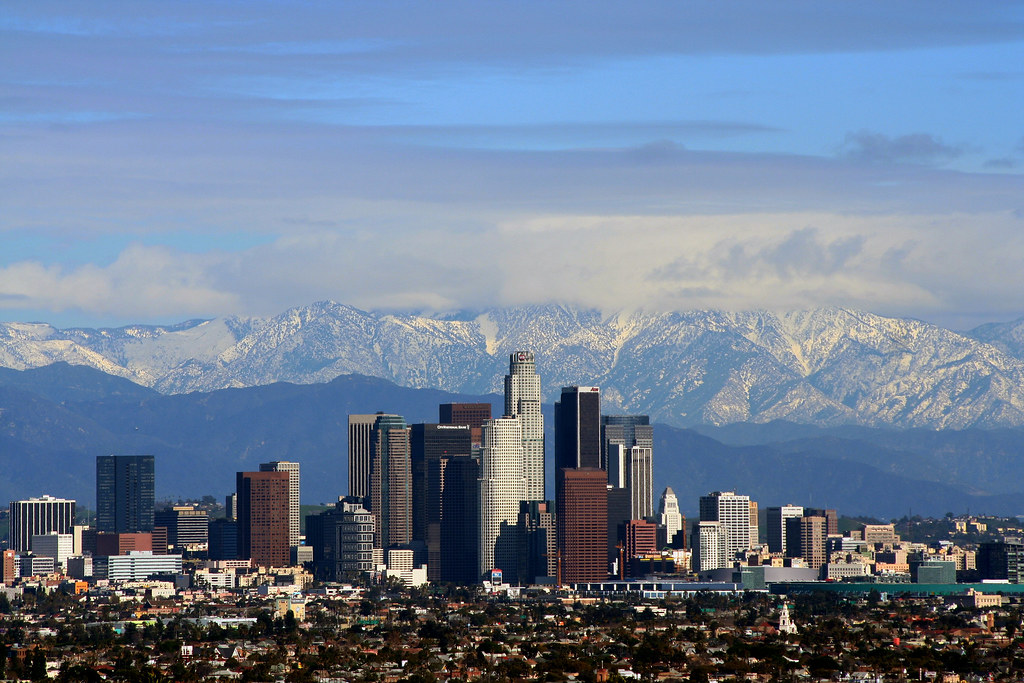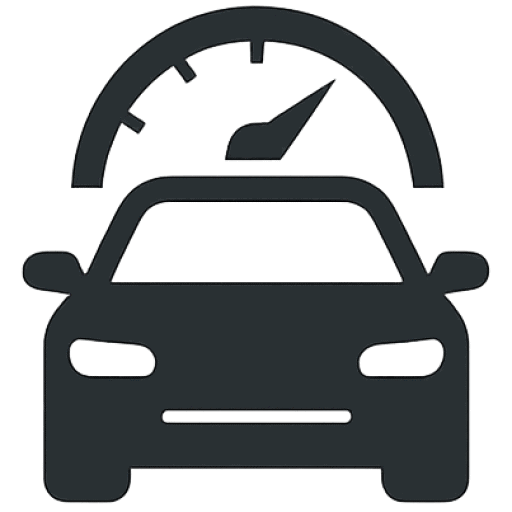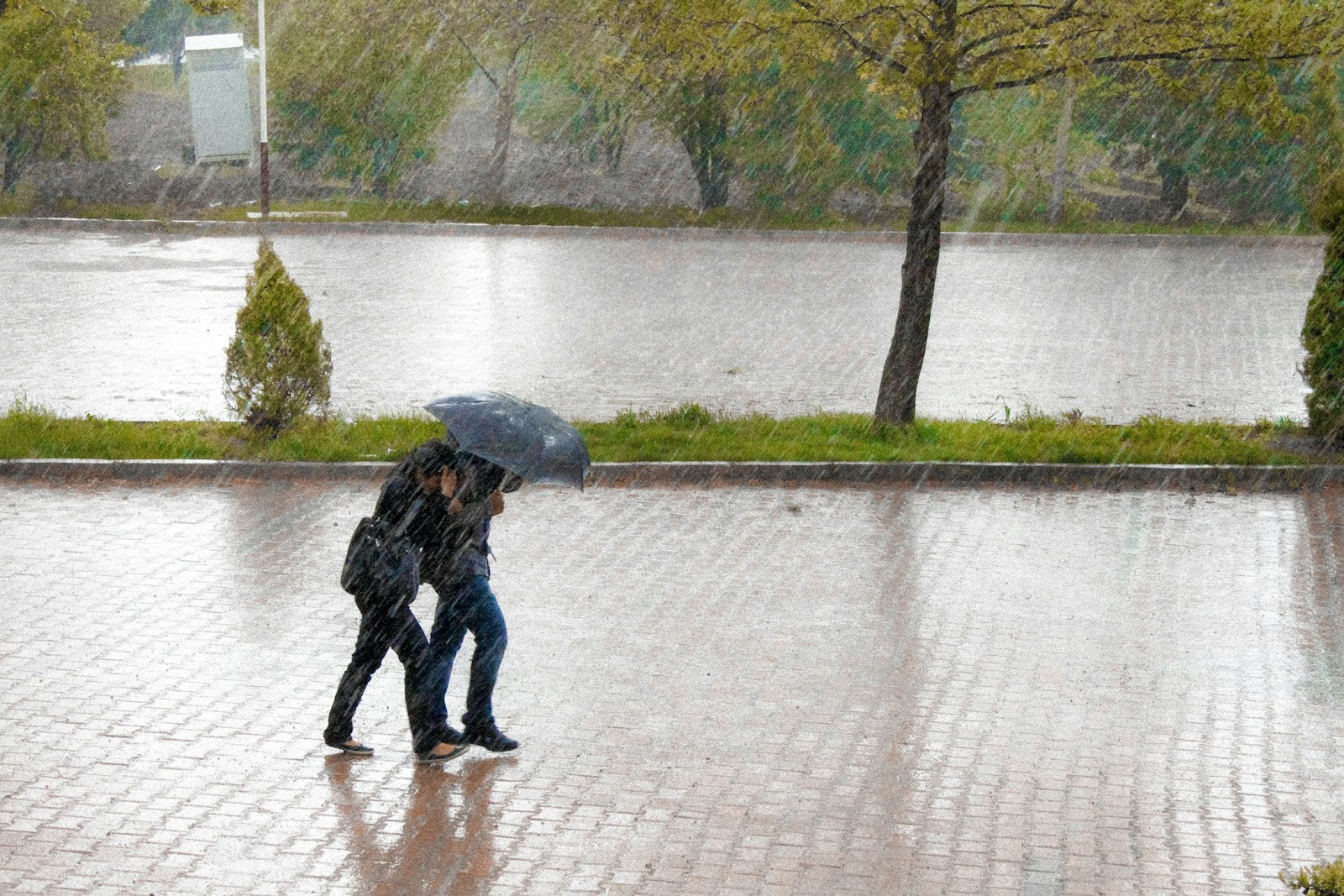If you’re living in Southern California, you probably know our weather typically swings from “hot” to “dry” and back again. But over the past few years, we’ve been seeing more sudden bursts of intense monsoon rains, especially during late summer and early fall. Trust me, after driving through some of these downpours around LA and Orange County, I’ve learned firsthand just how important it is to prep your car ahead of time.

So, before you find yourself white-knuckling it down the 405 or hydroplaning across PCH, let me share what I do to get my car ready for Southern California’s surprisingly fierce monsoon season.
Why Monsoon Season Car Prep Matters (Even in SoCal)
Let’s be honest: Southern Californians aren’t exactly known for handling rain well. Roads get slicker due to built-up oil from months of dry conditions, drivers slow down dramatically, and drainage systems become overwhelmed fast.

Here’s why monsoon prep matters specifically for us:
- Road conditions deteriorate quickly: Sudden rainfall mixes with oil residue, making roads dangerously slippery.
- Limited visibility: Torrential downpours and poor street drainage can reduce visibility dramatically.
- Flash floods: Rapid rainfall can flood roads and parking areas quickly, often catching drivers off guard.
Getting your car prepared helps you avoid trouble before you’re in the thick of it.
Step 1: Inspect and Maintain Your Tires
Your tires are literally the only thing connecting your car to the road. Good tires prevent hydroplaning (skidding on top of water) and ensure stable braking.

Check Your Tread Depth
A quick penny test works great:
- Insert a penny into the tire tread with Lincoln’s head upside-down.
- If you see Lincoln’s entire head, your tread is too worn, and it’s time for new tires.
Aim for tires with deep, aggressive treads designed specifically for wet conditions, or at least well-rounded all-season tires.
Check Tire Pressure Regularly
Proper inflation helps maintain grip. Underinflated tires make your car more prone to hydroplaning. Most cars have a sticker inside the driver’s side door jamb showing the recommended pressure.
I check mine every two weeks during rainy seasons—tire pressure can fluctuate significantly with weather shifts.
Best Tires for Wet and Dry Conditions
Step 2: Replace Wiper Blades Before You Need Them

You don’t want to realize your wipers are streaky or ineffective while barreling down the freeway in a monsoon. If your blades chatter, smear, or leave gaps, replace them immediately.
Wiper Replacement Tips:
- Replace blades at least once per year. SoCal’s hot sun dries and cracks rubber quickly.
- Invest in silicone or hybrid blades—they last longer, provide better performance, and handle our climate better.
- Clean blades regularly to remove built-up dirt and debris.

A clear windshield dramatically improves your reaction time in heavy rain.
Step 3: Check (and Clean) All Your Seals
Your car’s weather stripping and seals around doors, windows, and sunroofs can dry out, shrink, and crack due to SoCal’s relentless sun exposure. Damaged seals can let water into your car, leading to mold, mildew, and water damage.
How to Maintain Seals:
- Inspect seals around doors, windows, trunk, and sunroof carefully for cracks or dryness.
- Clean them regularly with a mild soap solution, then apply a silicone-based seal conditioner. It keeps rubber supple and watertight.
- If your seals are brittle or cracking, replace them ASAP. It’s usually inexpensive compared to dealing with water damage.
Step 4: Check and Improve Lighting

In heavy rain, visibility is a premium commodity. Your lights become critical—not only to see clearly but also to be seen by others.
Quick lighting checklist:
- Headlights: Check brightness and alignment. Consider upgrading to high-quality halogen or LED bulbs if your lights are dim.
- Brake and taillights: Verify all bulbs are working. Burned-out bulbs drastically reduce rear visibility.
- Fog lights: If your vehicle has fog lights, test them and use them in severe rain to improve visibility at road level.
- Hazards and turn signals: Double-check all bulbs and flashers for functionality.
Step 5: Windshield and Glass Treatments
Your windshield visibility directly impacts your safety during downpours.
- Apply a hydrophobic windshield coating (such as Rain-X or Aquapel). These coatings help water bead and roll off, dramatically improving visibility during heavy rain.
- Clean the inside of your windshield regularly. Condensation buildup is common during monsoon rains, and a dirty windshield inside makes fogging worse.
Step 6: Check Your Brakes and Suspension

In slippery conditions, your brakes and suspension matter more than ever.
- Brakes: Look out for squeaking, grinding, or soft pedal feel. Replace worn pads and rotors before the rain season hits hard.
- Suspension: If your shocks, struts, or alignment are off, your handling and stability suffer on slick roads. Get them inspected annually.
Step 7: Pack an Emergency Rain Kit
Every car in SoCal should have these basics for sudden rain:
- Waterproof flashlight
- Reflective hazard triangles or flares
- Rain poncho or jacket
- Portable jump starter
- Tire inflator and patch kit
- Extra wiper fluid and a towel or microfiber cloth
What to Keep in Your Car Emergency Kit
Quick-Reference Checklist: Monsoon Car Prep for SoCal

| Task | Frequency / Action |
|---|---|
| Tire Tread & Pressure | Check monthly, more frequently in rainy season |
| Wiper Blades | Replace annually or at signs of wear |
| Weather Seals | Inspect and condition every 6 months |
| Lighting Check | Quarterly inspection |
| Windshield Treatments | Apply every 3–6 months |
| Brake & Suspension | Annual professional inspection |
| Emergency Kit | Restock & check seasonally |
FAQs: Preparing Your Car for Monsoon Rains in SoCal
Q: How often should I apply windshield coatings?
A: Every 3–6 months, depending on your usage and weather exposure.
Q: Can worn suspension actually make rain driving dangerous?
A: Yes. A poor suspension increases braking distances and reduces traction control effectiveness.
Q: Are silicone wiper blades worth the extra cost?
A: Absolutely. They last longer and provide much clearer visibility.

You Might Also Like:
- Best Tires for Southern California Weather
- Top Rated Windshield Sun Shades for California Cars
- How to Tell if Your Car Needs an Alignment
- Best Seat Covers for Pet Owners
Preparing for monsoon rains in Southern California might feel unnecessary until the first storm hits. Trust me—taking these steps ahead of time makes your driving safer, less stressful, and saves you money on potential repairs. Take it from someone who learned the hard way: get your prep done early, and you’ll weather any storm with confidence.
Let’s Talk Cars
Have a question? A suggestion? Just want to say hi?
You’re in the right place.
Use the form below to reach out to the AutoSpecs Daily team. We're happy to hear from readers, car lovers, first-time buyers, and anyone who's got something to share.
What can you contact us about?
- Feedback on one of our articles
- Ideas for new topics you'd like us to cover
- Questions about cars, gear, or general auto advice
- Media, partnership, or brand inquiries
- Anything else that's on your mind
We check every message that comes through and do our best to respond within 2 to 3 business days.
We don’t list an email address here to avoid spam, but the contact form is the best and fastest way to reach us.
Thanks for stopping by. We're glad you're here.

